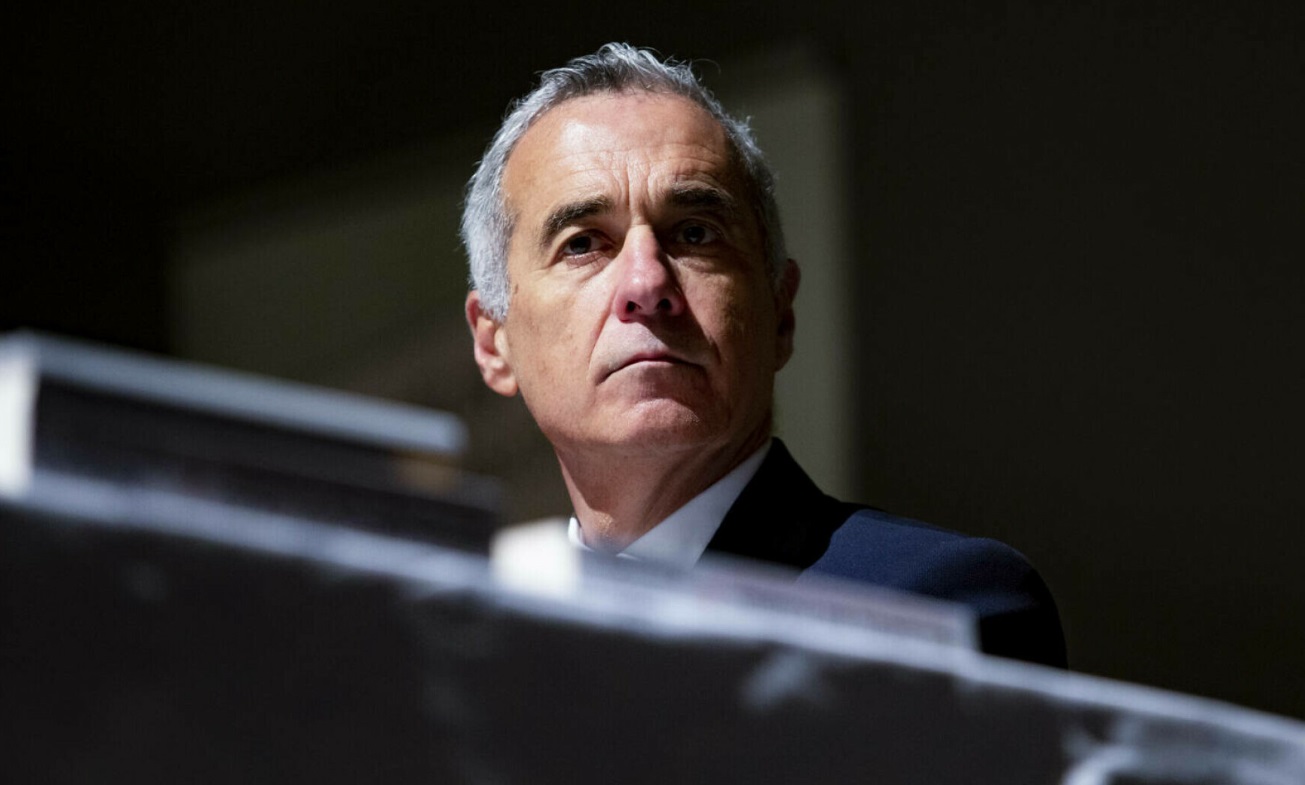Analysts do not expect prices to increase any further by year-end, which would allow BNR to meet its inflation target. “I do not believe that we will see price hikes by the end of this year. This is why the central bank could meet its inflation target this year,” Ionuţ Dumitru, Chief Economist of Raiffeisen Bank Romania, told Business Standard. Moreover, BNR decided to maintain the Cash Reserve Ratio at its current level, of 15 percent for lei-denominated deposits and 30 percent on foreign currency deposits. For BNR’s nine-member Board of Directors, this was the last monetary policy session in the current mandate, which is to end on 10 October. According to the proposals announced by the parliamentary parties, three or four members of the current Board could be replaced in the new mandate.
Both decisions made by BNR yesterday were anticipated by financial analysts. This is the fifth key rate cut this year, after the ones in February (from 10.25 percent to 10 percent), May (to 9.5 percent), June (to 9 percent) and August (to 8.5 percent). In addition, the current value is the lowest in the past 19 months, more exactly, since January 2008, when the rate had been raised to eight percent from 7.5 percent. In the past two years, the highest level reached by the benchmark rate was 10.25 percent. Consumer prices have been registering a downward trend in the past few months. In August, inflation dropped to 4.96 percent and consumer prices fell 0.19 percent compared to July, considering a significant decline in the prices of foodstuffs, and a slight increase in the prices of non-foodstuffs and services.
“There were three issues that mattered in the decision to cut the benchmark rate. As the central bank states, these reasons are the evolution of prices, the contraction in domestic demand, and the slight fluctuations of the exchange rate,” Dumitru indicated.
Analysts also highlight the importance of the stand-by agreement with the International Monetary Fund (IMF) in BNR’s decision. The agreement eases a looser monetary policy, as this acts as a buffer. Moreover, a lower key rate puts no pressure on the exchange rate, as the only decisive pressure could come from not complying with the IMF agreement terms.














